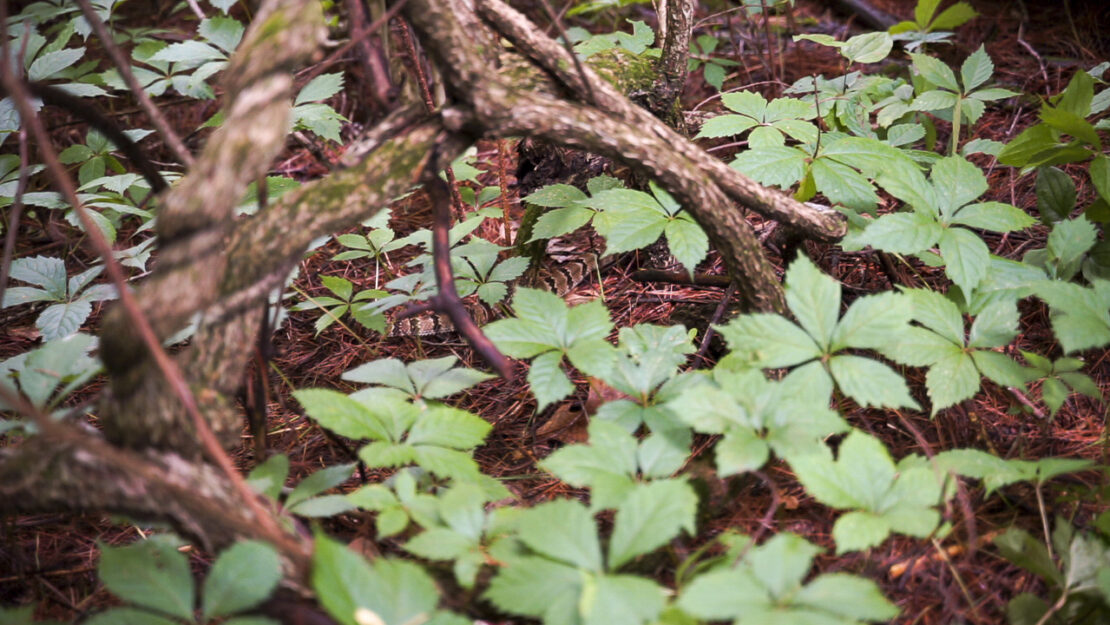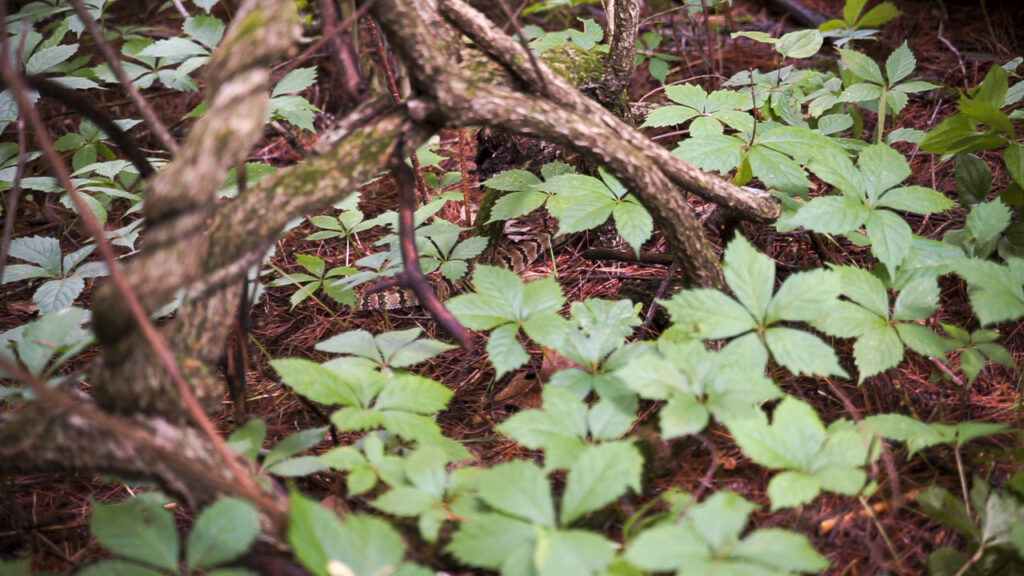Conservation of rattlesnakes in MN

By Luke Hilleshiem, Rochester Maples Field Crew Member / AmeriCorps Member
Here’s a little history about the population of rattlesnakes. In 1909 the state of Minnesota declared a bounty on rattlesnakes. For example, in the 1940s around six thousand rattlesnakes were found but by 1987 there were only two hundred. Because of this, they were declared a concern species in Minnesota. Later in 1996, they were named protected by the state of Minnesota in order to conserve their population.
Okay, now I’m gonna to get into how we are conserving the rattlesnake in Minnesota. One of the things we do is set up cameras at well known nesting sites, primarily ones with prairie bluffs so we can see if there are any babies so that we can monitor the population even if it’s just the one we can at least see if there reproducing. Doing this allows us to monitor our population goal. This is primarily done during spring, but we can do this by monitoring the rattlesnakes in the fall. Each known den site is to be monitored at least every five years. It needs to be at least fifty degrees with no precipitation. We also do prescribed burns which doesn’t seem like it would help but it creates more thermal landscape or “basking spots” which help the snakes regulate their temperature.
Now I’m gonna tell you how to help conserve these protected snakes.
To help protect these snakes it’s important to know where these snakes live so that we can preserve their habitat. The geographic information system is a good tool for identifying where these animals live. The reason it’s good to avoid these protected snakes is because an encounter with these reptiles can be very stressful and dangerous for you and even more so for the reptiles, potentially shifting their environment drastically. This species is spread out in more than thirty states across the U.S.. Primary habitat is forested bluffs, rock outcrops, and bluff prairies.
Now I will tell you why we need to protect these beautiful reptiles. You are probably thinking why do you want to save a species that is dangerous and you’re just plain afraid. Well the truth is they are fundamental for our grassland ecosystems, the reason is because they are very important part of the food chain in this environment and any other biome they occupy. For example, they help control the rodent population and act as a food source for larger predators, for example the North American Badger, Foxes, King snakes, etc.
In this part of the article, I’m going to tell you what to do if you get bit or encounter a person who got bit and what to do if you stumble upon one of these venomous reptiles.
When you’re bit the number one thing you can do is stay calm, remember what the snake looked like, this also goes for encountering someone who has been bit, after this call 911. If you or the person you’ve found is unable to contact 911, call out to someone any way possible you can think of. When you get to the hospital, tell them what the snake looked like. Even if you feel like you’re gonna be fine because these bites are rarely fatal, it’s never a good idea to leave it be. Now what to do if you encounter these snakes. Contrary to popular belief, they are not horrible bloodthirsty monsters most if not all bites are avoidable. Just make sure to watch where you step because most of the time when a rattlesnake bites it is because they feel threatened. Once you get out of their range you are completely safe they will not chase you.
Sources: Studylib.net Theconversation.com oriannesociety.org

For more on timber rattlesnake conservation, watch this video featuring a project that a Conservation Corps Field Crew did in in 2022 coordination with the Minnesota Department of Natural Resources.